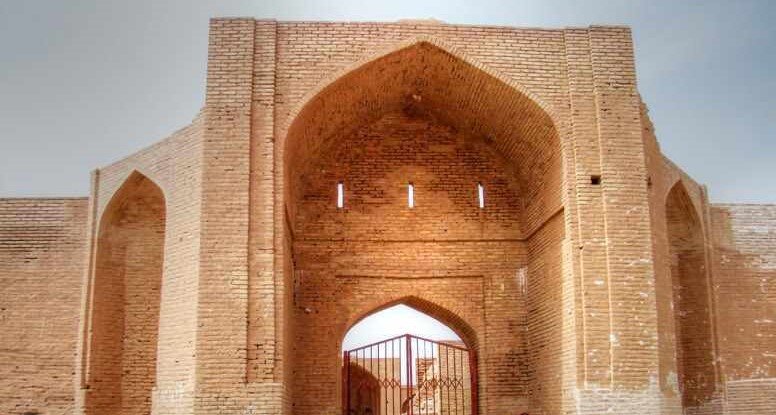Abbas Abad caravanserai on shortlist for collective UNESCO status

TEHRAN – A historical caravanserai in Taybad, northeastern Khorasan Razavi province has recently received preliminary approval to join the shortlist of historical Iranian caravanserais being prepared for a possible inscription on the UNESCO World Heritage list.
Constructed in Timurid-era (1370–1507), the caravanserai, which was very popular during the Safavid era (1501-1736), is a prominent example of ancient Iranian architecture, Taybad’s tourism chief has said.
Located on the Silk Road, the historical structure, which has been inscribed on the National Heritage list, played a vital role in the economic prosperity of the region at the time, Abdolrahim Tajmohammadi said on Monday.
Because of its location, the caravanserai has suffered minimal damage over the years, and as the border of Iran and Afghanistan is nearby, it could attract foreign tourists as well, the official added.
Last year, the tourism ministry announced that Iran is developing a dossier for a selection of its historical caravansaries for a possible inscription on the UNESCO World Heritage list.
In this regard, cultural heritage experts are assessing such monuments that are scattered across the country to make a shortlist in terms of their architecture, historical and cultural values.
Caravanserai is a compound word combining “caravan” with “Sara”. The first stand for a group of travelers and Sara means the building. They often had massive portals supported by elevated load-bearing walls. Guest rooms were constructed around the courtyard and stables behind them with doors in the corners of the yard.
Iran’s earliest caravanserais were built during the Achaemenid era (550 -330 BC). For many travelers to Iran, staying in or even visiting a centuries-old caravanserai can be a wide experience as they have an opportunity to feel the past, a time travel back into a forgotten age.
ABU/AFM
Leave a Comment